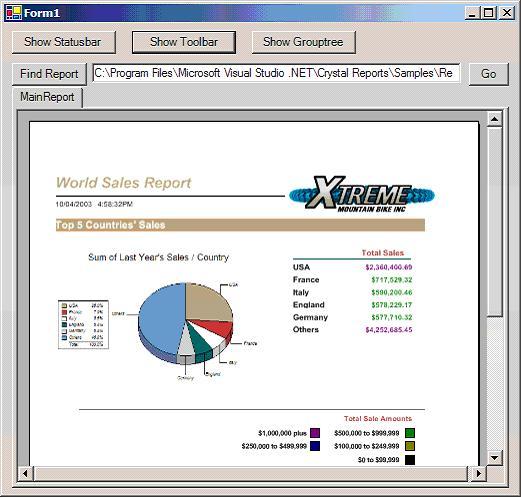
So if you need to use the latest features (RPTR files or export to XLSX) you need a viewer with a v13 runtime.
.png)
Not all tools use the latest runtime engine (v13). If those are features you want then you should probably read my comparison of desktop scheduling tools, which is updated every March. Some tools add scheduling and Email capabilities. To avoid repetition, when I say a tool covers ‘all the basics’ I mean that it can:ġ) Open and refresh an RPT file including parameter fields.Ĥ) Export to all of the standard file formats.ĥ) Run reports from a command line (like batch files).Ħ) Select an alternate data source at runtime.ħ) Store and Encrypt the database passwords To clarify some of the terms in the matrix I have written a glossary (PDF) of the terms used. I have also created a detailed feature matrix (XLS) that shows some of the specifics for comparison. Each section is linked to the vendor’s website so you can get more information if needed. I will provide their core features, prices, a brief introduction and what sets each product apart. In this post I will compare most of the viewer programs available. This ‘viewer’ is not in my list because it doesn’t perform the primary function of a viewer – allowing you to refresh a report. This may be because the first ‘viewer’ users are likely to try is the one put out by SAP/BO. And I am amazed at how many Crystal Reports users are completely unaware that these are available, despite the fact that they are offered by a dozen different vendors.
#Crystal report viewer pdf install#
The most cost effective method for letting users run reports on demand is to install a third-party client-based viewer.

Does he need another copy of Crystal Reports? Do you need to configure an expensive web server? This user just wants to refresh the reports and view/print/export the results. But what if you have a user who doesn’t need to create reports or even change them.

You use Crystal Reports to create, change and run reports.


 0 kommentar(er)
0 kommentar(er)
